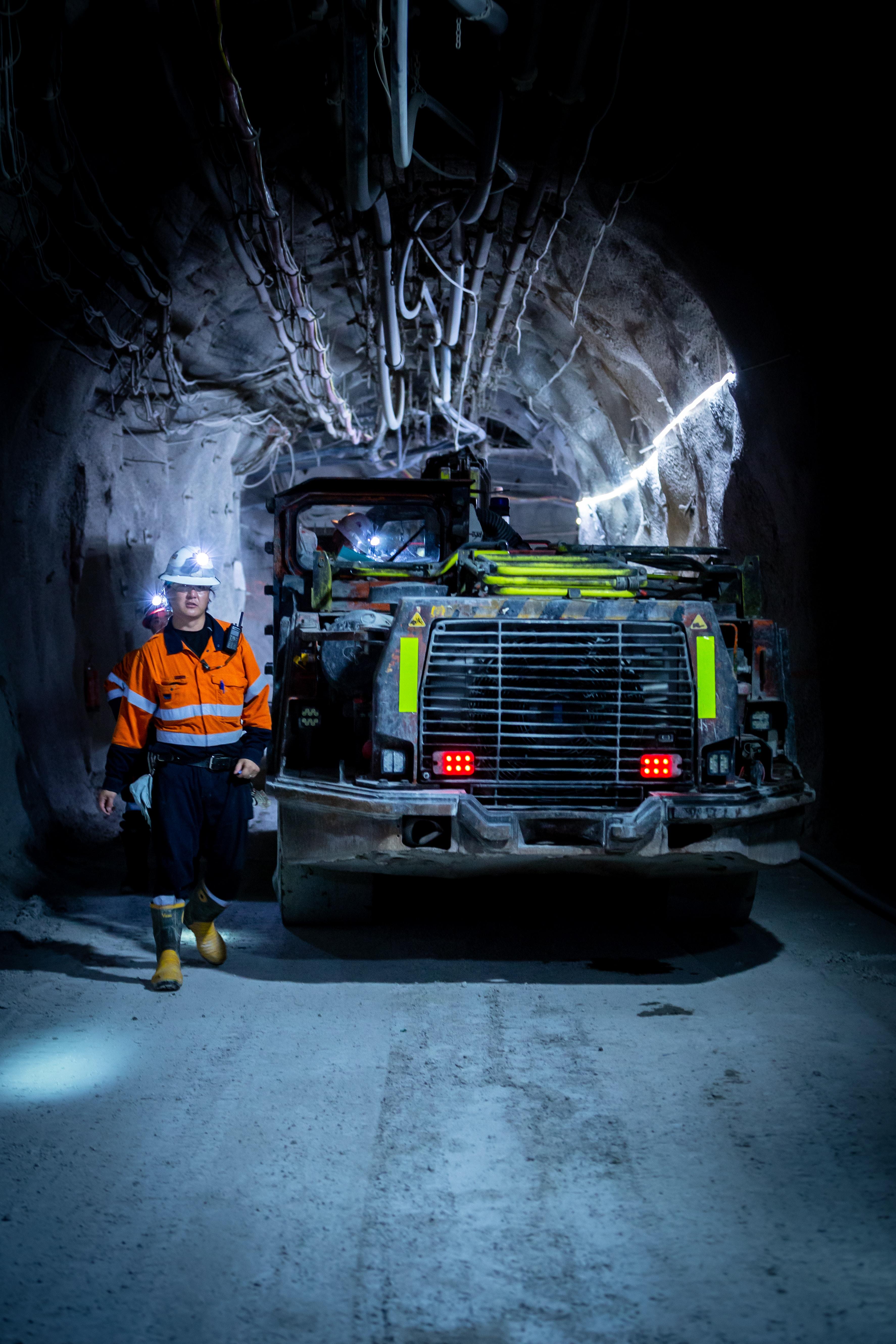The mining industry is known for its unique challenges, and confined spaces are among the most hazardous working conditions faced by miners. Confined spaces can include tunnels, shafts, storage tanks, pits, and various underground excavations. These areas can present a multitude of risks, such as limited access, poor air quality, and potential for cave-ins. To ensure worker safety and reduce the likelihood of accidents, it is vital to understand and address the risks associated with confined spaces in the mining industry.

Confined space
Identifying and assessing confined spaces
Before entering a confined space, it is crucial to identify and assess the area to determine potential hazards. Factors to consider include:
-
Physical dimensions: A confined space must have restricted entry and exit points, and its size must be large enough to accommodate a person.
-
Potential for engulfment: Loose materials, such as sand, gravel, or crushed rock, can pose a risk of engulfment.
-
Hazardous substances: The presence of toxic or flammable gases, dust, or chemicals can pose serious health risks.
Implementing safety measures
Once the confined space is identified and assessed, several safety measures should be implemented:
-
Ventilation: Ensure proper ventilation to maintain air quality and prevent the buildup of hazardous substances.
-
Atmospheric monitoring: Regularly monitor the atmosphere within the confined space to detect potential hazards such as oxygen deficiency, flammable gases, or toxic substances.
-
Signage and barricades: Use appropriate warning signs and barricades to alert personnel to the presence of confined spaces and potential hazards.
-
Emergency response plan: Develop a comprehensive emergency response plan to guide actions during a confined space incident.
Training and competency
All personnel involved in confined space work should receive comprehensive training, including:
-
Hazard identification and risk assessment
-
Use of safety equipment and personal protective equipment (PPE)
-
Safe work procedures and rescue techniques
-
Communication and teamwork
Permit-to-work system
A permit-to-work system should be implemented for all confined space work, ensuring that:
-
Only authorized and trained personnel enter confined spaces
-
A designated person is responsible for managing access to confined spaces
-
Confined space work is carried out according to established procedures and safety measures
Personal protective equipment (PPE)
Selecting and using the appropriate PPE is vital for the safety of personnel working in confined spaces. PPE may include:
-
Respiratory protection: Air-purifying respirators or self-contained breathing apparatus (SCBA) for protection against airborne contaminants
-
Fall protection: Harnesses, lifelines, and anchorage points to prevent falls and facilitate rescue
-
Protective clothing: Flame-resistant and chemical-resistant clothing to protect against heat, sparks, and chemical hazards
Communication and monitoring
Continuous communication between confined space workers and standby personnel is crucial for safety. Options include:
-
Two-way radios or other communication devices
-
Visual or audible signals
-
Regular check-ins with standby personnel
Rescue and emergency response
A prompt and efficient rescue plan is essential in case of an emergency. Considerations include:
-
Designated rescue team: Trained and equipped personnel who can respond quickly to emergencies
-
Rescue equipment: Appropriate equipment, such as stretchers, ropes, and pulleys, to facilitate safe and efficient rescues
-
Drills and simulations: Regular practice of rescue scenarios to ensure preparedness and competence
Conclusion
Confined space safety is a crucial aspect of the mining industry, and understanding the risks and implementing appropriate safety measures can greatly reduce the likelihood of accidents. By providing comprehensive training, enforcing strict permit-to-work systems, and maintaining open communication, mining companies can create a safer working environment for their personnel.
